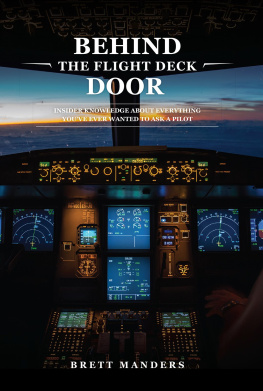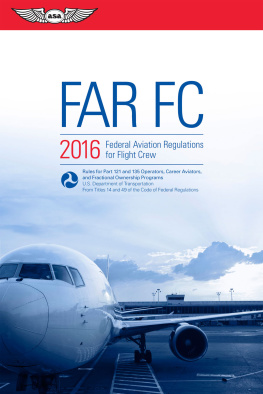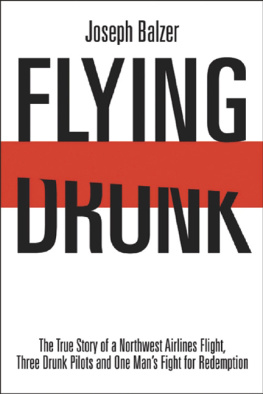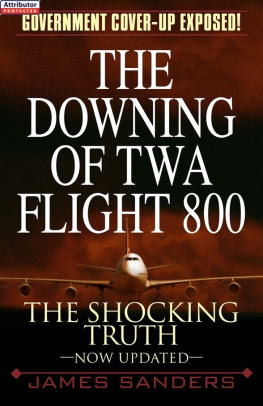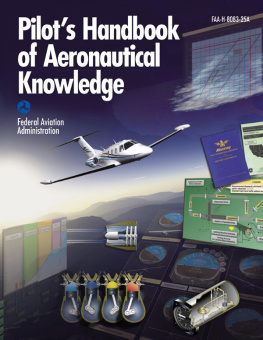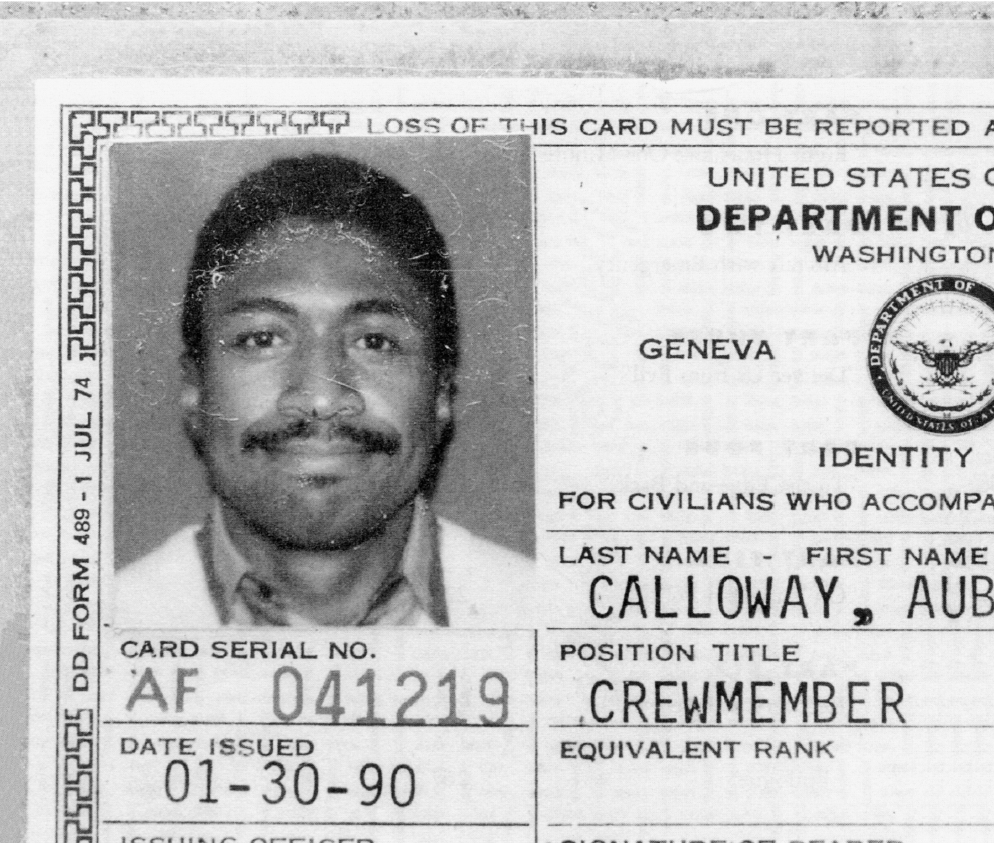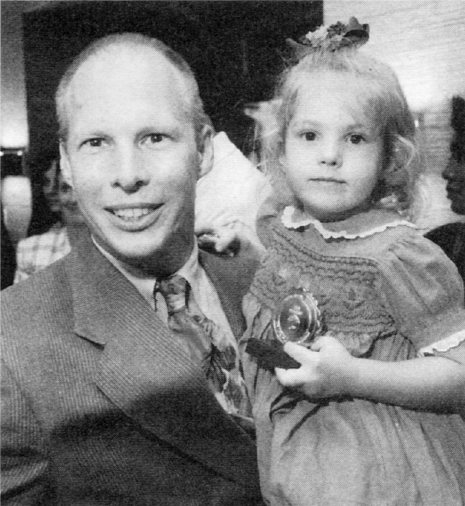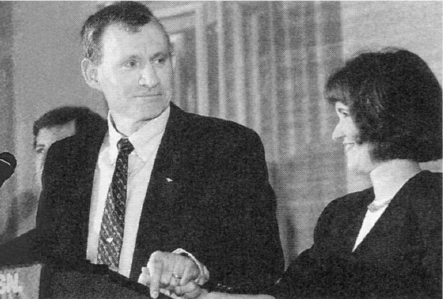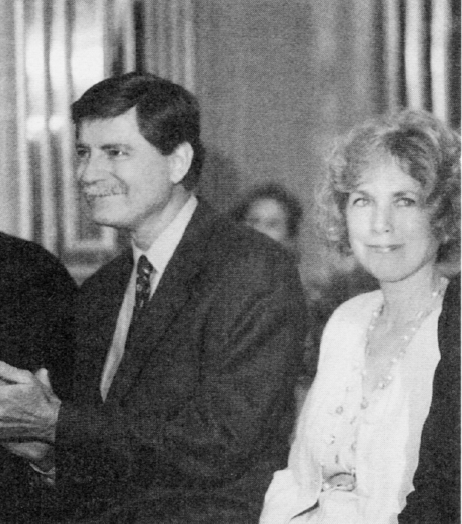Flying Lawn Darts
APRIL 6, 1994
11:54 P.M.
FedEx captain Richard Boyle cursed the air traffic control delays that kept his wide-body jet circling in the night sky over Arkansas. The DC-10 loaded with 100,000 pounds of computer equipment from the Silicon Valley was only a few minutes away from the sprawling Federal Express Corp. package-sorting facility at Memphis International Airport. But a gaggle of purple-and-orange FedEx 727s in front of him were in the midst of their nightly slam-dunk approaches to the companys home base on the east bank of the Mississippi River.
Boyle, a twenty-one-year FedEx veteran, listened to the radio as air traffic controllers instructed pilots of the sleek flying lawn darts to descend at their discretion. The code meant the fliers could keep their jets moving fast and high as they approached Memphis. Then they chopped the power, pointed the long, cylindrical fuselages steeply down, and dove toward Memphis at the maximum permissible speed.
Unlike passenger airline pilots who fly flat, stable approaches with their flaps and landing gear extended miles from the runway, FedEx pilots often make steep turns and plunging descents, then toss out the speed brakes, gear, and flaps near the runway threshold. The cargo inside the FedEx planes never complains about the wild ride. All that matters to the pilots is getting the boxes to the sorting facility as quickly as possible. Its the central part of a tightly choreographed nightly ritual.
Boyle rechecked his watch12:04 A.M . His DC-10 had been in a holding pattern for ten minutes. In the time-critical FedEx universe, it was imperative for flights from the West Coast like Boyles to arrive in Memphis on time. More than a hundred cargo jets descended on the FedEx hub in the early hours each morning. Ground workers scurried to unload the planes, sorted more than one million packages in a furious two-hour time window, then reloaded and launched the jets again.
The nightly chaos was a miracle of modern commerce. But the system was designed so that the first FedEx plane couldnt leave Memphis until the last one had arrived. So a tardy DC-10 from the West Coast would delay a bunch of 727s bound for the East Coastand eastbound jets lost an hour with the change in time zones. A few delays could ripple through the entire FedEx universe. And every employee knew that their companys absolutely, positively overnight credo meant packages delivered late were delivered free.
The air traffic controllers finally directed Boyle to follow the 727s to Runway 36 Left, but Boyle had an idea that could save some time.
Tell them we want Runway Niner, the wiry captain said to Kathy Morton, his thirty-six-year-old copilot. Morton nodded and quickly relayed the request over the radio.
Morton, also an Air Force veteran, had been flying for FedEx for ten years. An outdoors enthusiast with dark brown hair, piercing blue eyes, and handsome features, she rode horses in hunter/jumper competitions all over the country. The moment Boyle suggested landing on the east-facing runway, Morton understood exactly what he was trying to accomplish.
The brightly illuminated two-million-square-foot FedEx package-sorting hub was at the northeast corner of the airport. If their DC-10 landed on the east-facing strip, Runway 9, it could coast to a stop next to the hub and eliminate at least five minutes of ground taxi time. That would put them right back on schedule. But FedEx made Memphis International the busiest airport in the world at night, and harried air traffic controllers denied the DC-10 crews request to land on the east-facing strip. Boyles last chance for an on-time arrival was gone.
Tonight, that meant his crew faced a compounded problem. Their afternoon trip to San Jose, California, had taken four hours. Now, their return trip, which usually took less time because of strong westerly winds aloft, had taken about the same amount, for a total time of eight hours. Federal Aviation Administration rules require commercial airline pilots who fly more than eight hours one day to rest at least sixteen hours before operating another flight. If Boyle, Morton, and their flight engineerAuburn Callowaywent beyond eight hours on this trip, they would be ineligible to operate the same flight to San Jose and back as scheduled later this afternoon.
By the time the DC-10 arrived at the bustling FedEx complex and the crew shut down its three massive turbofan engines, the clocks on the instrument panel read 12:23 A.M. Boyle and his crew had flown for a total of eight hours and one minute. But when Boyle told the flight engineer to write down the exact time in the flight log, Calloway resisted. The forty-two-year-old former Navy pilot and five-year FedEx veteran seemed unusually reluctant.
Im looking at my clock on the engineers panel, Calloway offered hopefully. It says twelve-twenty-twoso technically, we didnt go overtime unless...
No way, Boyle interrupted, cutting the flight engineer off with a brisk wave of his leathery index finger. We did our best, but the flight went overtime. Thats not your fault. Those air traffic delays screwed us. By my calculations, our block time was eight-oh-one, and thats it. Now mark down the times and Ill take care of it. If anyone has a problem with what we did, they can talk to me about it.
All three pilots knew that going overtime would force FedEx schedulers to hastily put together a replacement DC-10 crew. Three pilotsa captain, copilot, and flight engineerwere going to be called in on their days off so they could operate Flight 705 on the afternoon trip to San Jose and back to Memphis.
Calloway hesitated to write down the times in the flight crew log, a book with a hinged metal cover that sat on the flight engineers table. His round, muscular shoulders slumped.
I dont know, Captain, he said. I just dont feel good about it.
Boyle thought he knew the reason for Calloways reluctance to declare the trip overtime. Just before the crew had boarded the DC-10 in Memphis, Calloways flight manager had questioned Boyle about a delay in one of the crews previous flights. The manager, John Wrynn, had asked all sorts of pointed questions about Calloways performance. Why hadnt the flight engineer noticed a hydraulic leak in one of the landing gear? What was the problem with an auxiliary power unit that Calloway reported? Could it have been a faulty indication? Did the crew double-check?





